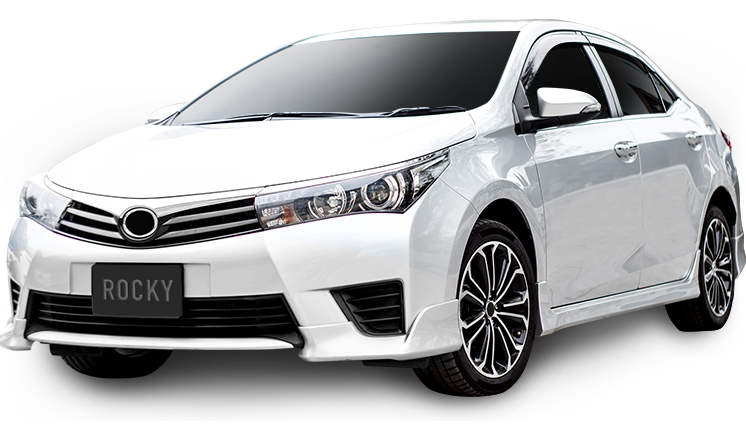Navistar 9900 i Windshield Replacement Cost
The Navistar 9900i, a staple in the trucking industry, first gained recognition in the early 2000s for its robust design and dependable performance. As a versatile highway hauler, the 9900i has undergone various updates that continuously enhanced its appeal to professional drivers and transport companies. Remarkably, this model stood out not only for its prowess on the road but also for its compliance with evolving emissions standards, a testament to Navistar’s commitment to sustainability.
When considering the windshield replacement cost for the Navistar 9900i, several factors influence pricing. First, the trim level can significantly impact expenses. Higher-end models equipped with advanced technology and luxurious finishes often require more sophisticated windshields, affecting the overall replacement cost.
Advanced Driver Assistance Systems (ADAS) are another crucial element. Many truck manufacturers, including Navistar, have integrated these modern safety features in newer models. For instance, ADAS technologies rely on sensors and cameras placed near the windshield. Therefore, replacing a windshield equipped with such systems demands precise calibration, which can add to the costs.
The availability of aftermarket parts also plays a significant role. For Navistar 9900i models with easily obtainable aftermarket windshields, costs tend to be more competitive. However, rarer models or those from limited production runs may necessitate OEM-specific parts, leading to higher replacement expenses.
Model year changes can notably affect windshield replacement costs. Vehicles manufactured post-major redesign or those featuring enhanced sensor integration are particularly prone to higher costs due to the complexity of the technology involved. Thus, understanding these factors can help owners manage and anticipate windshield replacement expenses effectively.
Get in touch with Auto Glass Estimator™ today to sort out your auto glass problems. We’re here to help!
Navistar 9900 i Average Windshield Replacement Cost By Year
Not all windshields are built—or priced—the same. The cost to replace the glass on a Navistar 9900 i depends on its year, trim level, and the amount of technology integrated into the windshield itself. Our average pricing reflects real-world replacement data across thousands of vehicles, then adjusts for the specific features found on your Navistar 9900 i. Here’s how the range breaks down:
High-End Range
Some Navistar 9900 i configurations—especially newer or premium trims—come equipped with Advanced Driver Assistance Systems (ADAS) such as lane-keeping cameras, rain sensors, heated glass, or heads-up displays.
These require OEM-grade glass and a full ADAS recalibration after installation. Because of the precision equipment and labor involved, these versions land at the top end of the price range.
Mid-Range
Many modern Navistar 9900 i vehicles include a few key sensors, like forward-collision or lane-departure cameras, but don’t need OEM glass. These jobs involve some recalibration and additional setup beyond a simple install, which places them in the middle of the pricing spectrum.
Low-End Range
Base trims or older Navistar 9900 i versions usually feature plain laminated glass with no built-in electronics. These are the most straightforward to replace, requiring no recalibration or specialty parts, and therefore fall in the lowest cost tier.
| Year | Average Price |
|---|---|
| {Year1} | {Price1} |
| {Year2} | {Price2} |
| {Year3} | {Price3} |
| {Year4} | {Price4} |
| {Year5} | {Price5} |
| {Year6} | {Price6} |
| {Year7} | {Price7} |
| {Year8} | {Price8} |
| {Year9} | {Price9} |
| {Year10} | {Price10} |
| {Year11} | {Price11} |
| {Year12} | {Price12} |
| {Year13} | {Price13} |
| {Year14} | {Price14} |
| {Year15} | {Price15} |
| {Year16} | {Price16} |
| {Year17} | {Price17} |
| {Year18} | {Price18} |
| {Year19} | {Price19} |
| {Year20} | {Price20} |
| {Year21} | {Price21} |
| {Year22} | {Price22} |
| {Year23} | {Price23} |
| {Year24} | {Price24} |
| {Year25} | {Price25} |
| {Year26} | {Price26} |
| {Year27} | {Price27} |
| {Year28} | {Price28} |
| {Year29} | {Price29} |
| {Year30} | {Price30} |
| {Year31} | {Price31} |
| {Year32} | {Price32} |
| {Year33} | {Price33} |
| {Year34} | {Price34} |

